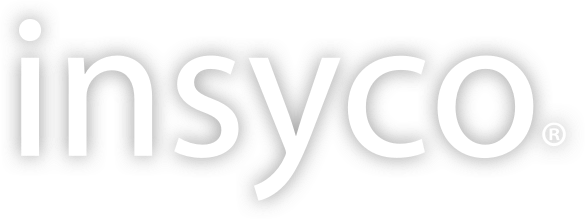


Ref : Copilot Studio and Power Platform
Acceleration of the automation and AI program with increasing business needs, requiring strengthening of development capabilities on Microsoft tools.
Description
Our firm mobilises a technical and a functional expert in Copilot Studio and Power Platform to support the IT team on a mature automation project already comprising around thirty solutions in production.
On the development and consulting side :
On the change management side:
Results
ref : SysOps Expertise
The Information Systems Department is looking for an AWS Architect/SysOps engineer to strengthen the CCoE team that manages the AWS “Landing Zone”.
Description
Our firm mobilises an AWS expert with more than 5 years of experience to join the Cloud Center of Excellence team (6 people) reporting directly to the CCOE/Public Cloud manager.
On the cloud architecture and operations side :
On the security and technical expertise side :
Results
Ref : Electronic Invoicing
As part of the law on the généralisation of dematerialised invoicing, our client must switch to electronic invoicing. The SIG team in charge of the Management IS including customer and supplier invoicing systems (using Oracle ERP Cloud Finance) wishes to entrust the implementation of this new regulation to a dedicated provider.
At first integrated into the SIG team to perfect its knowledge of existing procedures and processes, the provider will carry out monitoring work on the not-yet-finalised regulations.
Description
INSYCO mobilises a senior Finance Business Analyst profile to carry out this assignment :
Results
ref : Project Security Management
The Information Security & IT Risk department is strengthening its cybersecurity system and seeking to improve security integration in projects with a particular focus on data security.
Description
Our firm mobilizes a Cybersecurity expert for a 100-day mission to assist the Cyber Security manager in the cyber program.
On the management and governance side:
On the data security expertise and project integration side :
Results
ref : Copilot Studio et Power Platform
Accélération du programme d’automatisation et d’IA avec des besoins business en hausse, nécessitant un renforcement des capacités de développement sur les outils Microsoft.
ref : Facturation électronique
Dans le cadre de la loi de généralisation de la facturation dématérialisée, notre client doit passer à la facturation électronique. L’équipe SIG qui a en charge le SI de Gestion comprenant les systèmes de facturation clients et fournisseurs (sous Oracle ERP Cloud Finance) souhaite confier la mission de mise en œuvre de cette nouvelle règlementation à un prestataire dédié.
Tout d’abord intégré dans l’équipe SIG pour parfaire sa connaissance des procédures et processus existants, le prestataire effectuera un travail de veille sur la règlementation encore non finalisée.
Description
INSYCO mobilise un profil AMOA Finance senior pour mener à bien cette mission :
Résultats
ref : SysOps AWS Cloud
La Direction des Systèmes d’Information recherche un ingénieur Architecte/SysOps AWS pour renforcer l’équipe CCoE qui gère la « Landing Zone » AWS.
ref : Gestion de Projets Sécurité
Le département Information Security & IT Risk renforce son dispositif de cybersécurité et cherche à améliorer l’intégration de la sécurité dans les projets avec un focus particulier sur la sécurité des données.
Description
Notre cabinet mobilise un expert Cybersécurité pour une mission de 100 jours afin d’assister le responsable Cyber Sécurité dans le cadre du programme cyber.
Sur la partie pilotage et gouvernance :
Sur la partie expertise sécurité des données et intégration dans les projets :
Résultats